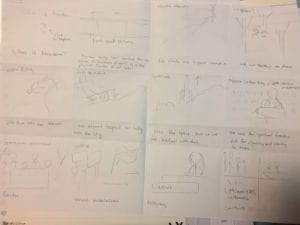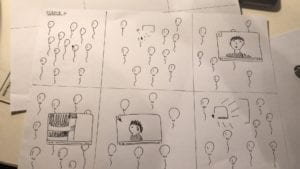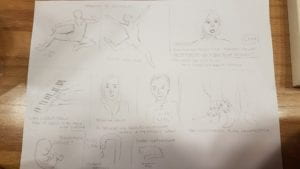https://imanas.shanghai.nyu.edu/~cc5581/week09/video-project/welcome.html
Partners: Laura, Chloe
Concept:
In our project we wanted to convey the complex and multifaceted nature of freedom by hearing from a variety of students on their personal beliefs and experiences. To do this, we came up with an interactive platform that would begin with an introductory photo/video montage followed by an interface from which to choose from numerous interviews. After viewing a limited number of interviews (7) the user is presented with a final closing montage that weaves together additional present-day issues of freedom. The closing montage is entwined with Gabi Branche dancing, which is to her an expression of her freedom. We chose to make the interviews randomly scattered on the screen with a limited number of views so that each viewer would have an organic and unique interaction, to scripted by our presentation of each interview.
Process:
In brainstorming our project we initially planned on have the interviews appear as floating balloons that escape as they reach the edge of the screen. The idea was for the viewer to only be able to view a random handful of the interviews and therefore each have a unique experience with our project. After getting feedback in class, we decided to make the videos appear at random but not as balloons, as this would potentially appear arbitrary to the user. To film the interviews we used two cameras, tripods, and a Tascam to improve sound quality and allows us to capture different angles simultaneously. I challenge we encountered in shooting and consequently in editing is that interviews cannot be “started over” or scripted. Because of this, there are instances where the interviewee pauses for a few seconds or might be momentarily distracted. We chose not to edit out pauses because we wanted the viewer to be assured of the authenticity and “rawness” of our interviews. We wanted to capture people’s beliefs the way that they naturally expressed them.
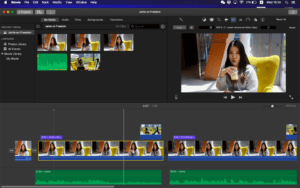
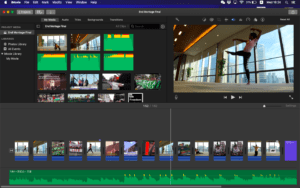
Reflection:
In hindsight there are a few things we could have done differently, such as giving our interviewees the questions beforehand so they wouldn’t have to think on the spot, or asking them to come to a quieter place to avoid background noise. This, however, would have given the interviewee a more formal or rigid impression of us and might have compromised how freely they speak. One thing I wish I had done from the start would have been to get an external hard drive because i spent a lot of time in the first half of the project trying to upload every file to google drive. We also did not clap at the beginning of the interview so as not to disturb people nearby, but this made it slightly harder to align the audio later. Having interviewees write down their names would also have made it easier later to make sure we spelled them correctly during the edition process. Other than minor things like that, we felt that the project went very well and that it generated interesting dialogue in the process of making it as well as in viewing it.
